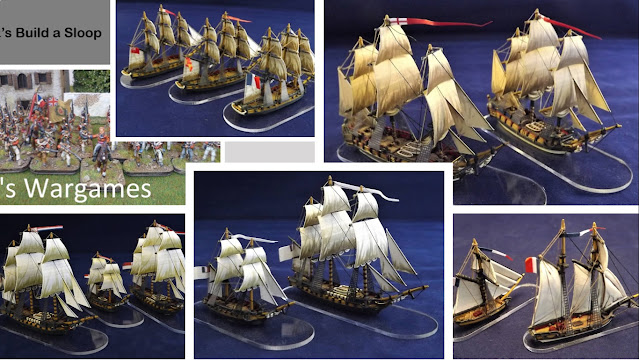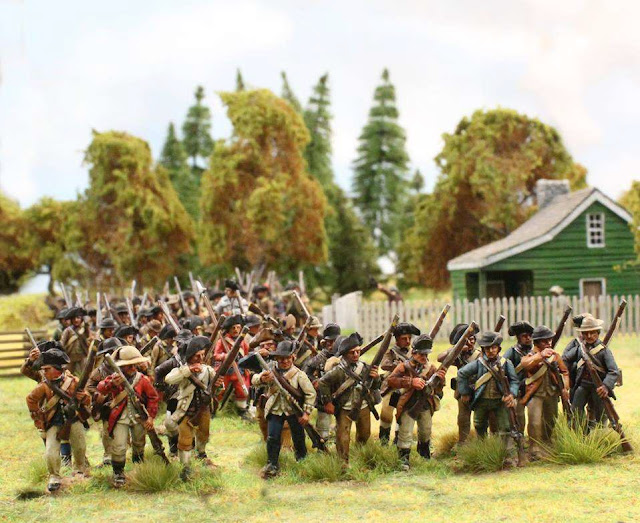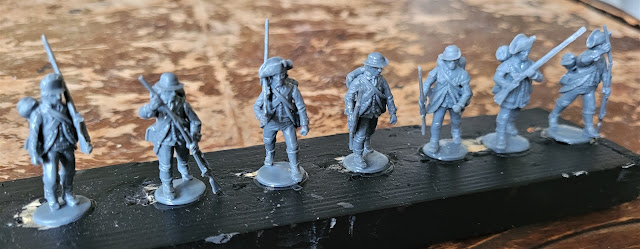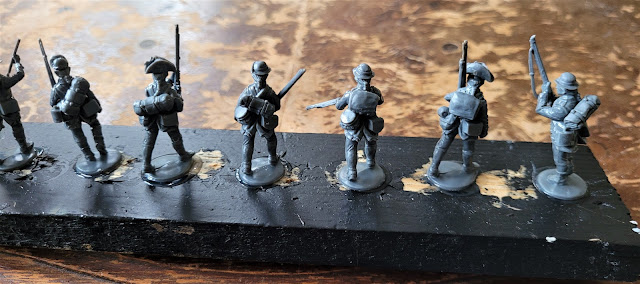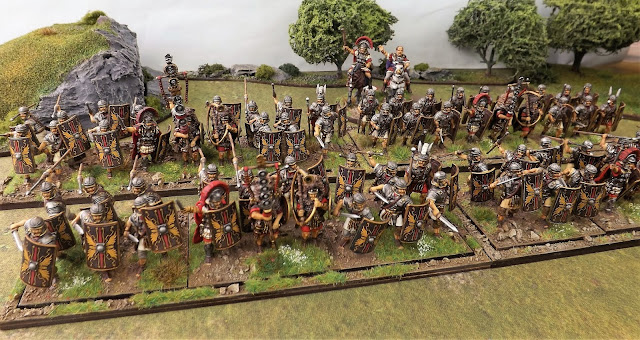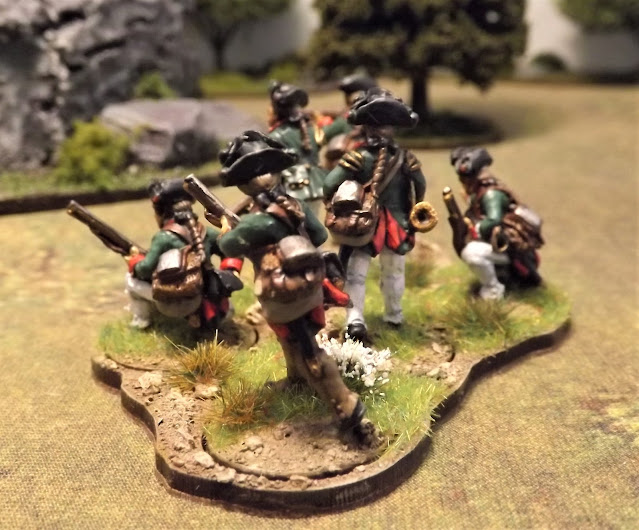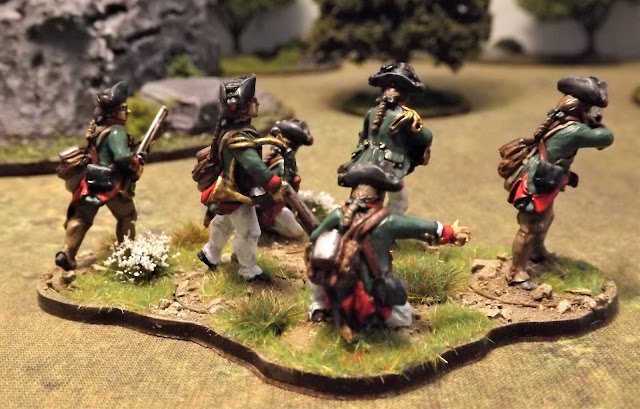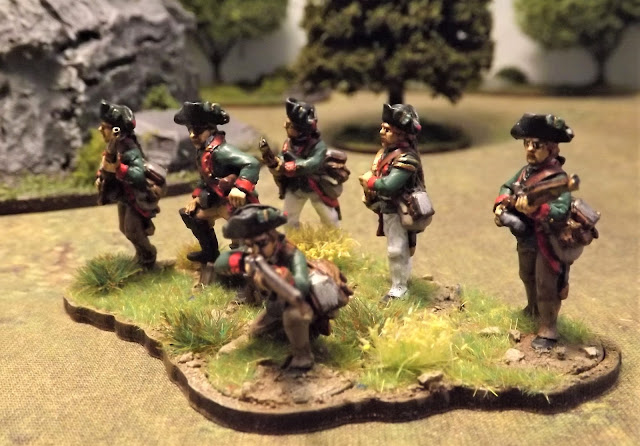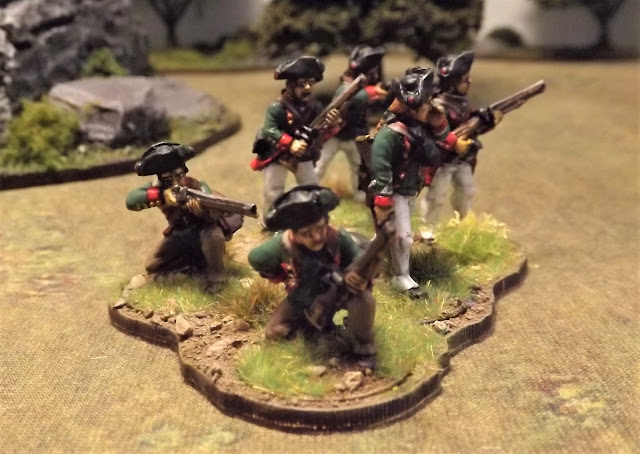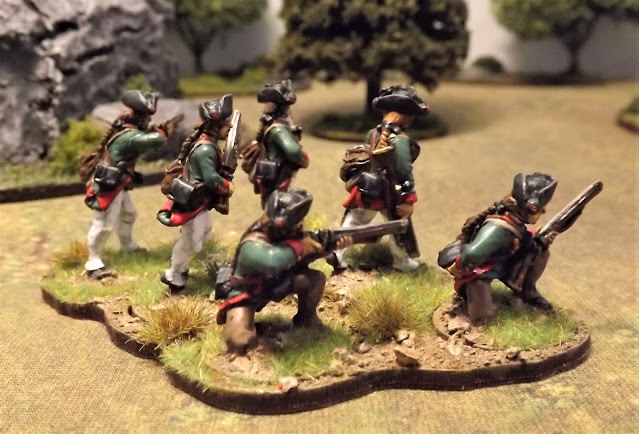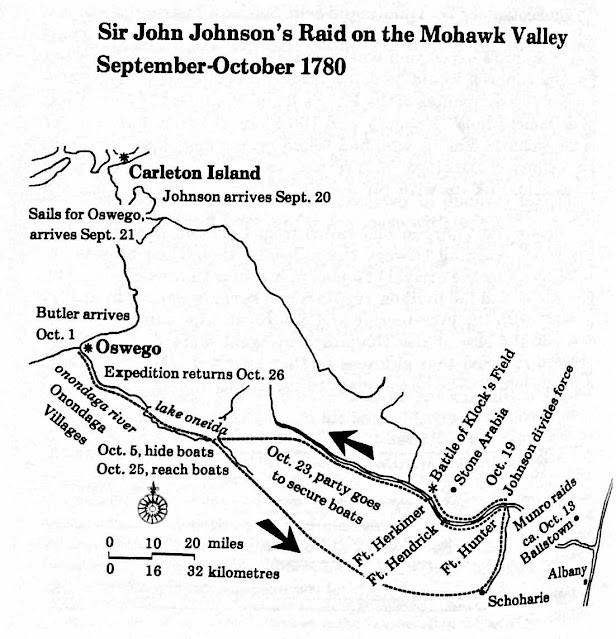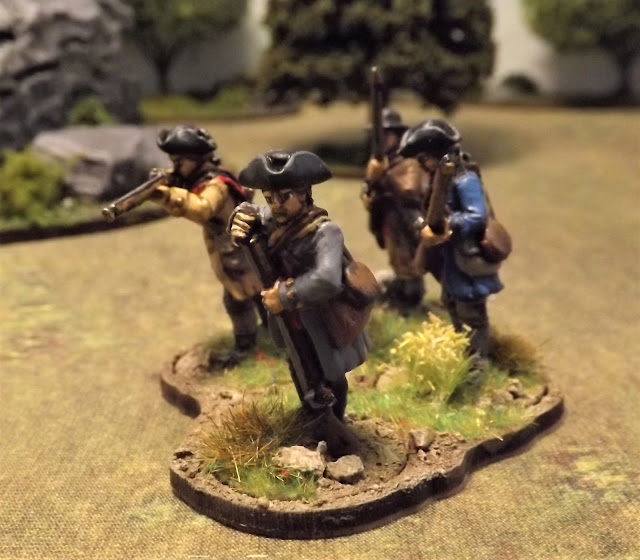Well well well, as predicted in my Annual Review from this time last year (see link below), the year really only got going in the wake of the vaccine roll-out here in the UK and the onset of warmer weather allowing a more normal routine to resume.
However outdoor and social activities were very much reduced on a normal year with the first meeting of the Devon Wargames Group not resuming until May and with the Wargame Show calendar not really resuming until the later half of the year with a scramble by events normally held earlier to fit in a date prior to the end of the year rather messing up the normal spread of shows and forcing a bit of a choice on many of us wanting to attend but not being able to be in two places at once.
 |
| JJ's Wargames - Year End Review 2020 & Plan |
So like the rest of the hobby, the good ship JJ's Wargames, battened down the hatches, reefed up the sails and rode out the Covid storms that buffeted it along with the rest of the world, waiting for conditions to change but still managing to get on with activities in preparation for better times ahead.
That fact is borne out by the pleasure I had in scanning over this year's range of posts and finding that much of what I had planned was actioned and a continuance of regular post series that have come to characterise the blog were maintained at a regular pace to hopefully entertain those who like to pop over to this corner of cyberspace and imbibe in some hobby downtime.
My reading this year has included a lot of personal development input that is all part of my drive to take the time retirement has offered me to improve myself and hopefully become a moderately better human being in the years that remain to me, but I like to vary the diet by including regular amounts of inspirational and informative historical reading that I hope reflects in the model collections and the games I like to play and report on here on the blog.
 |
| The books reviewed from JJs library this year with a noticeable preference to age of sail and ancient/medieval themes. |
I really enjoy putting the book reviews together, as the writing up of the key aspects of the various books read really helps me to cement my own understanding and learning I take form them, and based on the feedback received here and on other forums it seems a lot of other folks enjoy the reviews and end up buying the books which is great and I hope supports this aspect of our hobby as books for me, and I guess many of us interested in historical wargaming, are a key part of it.
 |
| Vassal game modules played this year |
An aspect of my hobby that has really changed due to the pandemic restrictions on social interaction was the use of the Vassal platform to play boardgames that I have developed into a regular routine with two friends, Jason and Steve M with Steve, who lives close by coming to play face to face using the computer based software rather than the bother of setting up a hard copy game.
The simplicity of being able to save a game week to week to be able to come back to it the following week and pick up where we left off is great and the fidelity of the modules to the hard copy game is quite superb with many modules that also include neat time saving functions that reduce the laborious need to reset counters and markers or shuffle cards, oh and no need for tweezers.
I still have two games to report on, one that has finished and one still going, namely Napoleon at Leipzig that Steve won just before the Xmas break and 1805 Sea of Glory that is still in play going into the new year.
 |
| The summer months included a trip to Start Point and Slapton Sands |
This first trip out was followed by others, with our walks on Neolithic and Iron Age Dartmoor resumed in the summer, a visit to Cardiff Castle and its historic museums, followed later in the year with Mr Steve and I resuming our battlefield tours that included Roundway Down, Braddock Down, Stratton and Sampford Courtenay, many of which I had wanted to do for ever and finally got around to it this year.

Sadly the Wargame Show visits that I would normally include throughout the year were the last part of my hobby life to pick up, with only one show managed before the year end, but it was a good one to end on with a visit to Warfare at its shiny new venue, Ascot Racecourse last month.
 |
| Warfare at Ascot was such a nice return to attending shows for me and I hope this aspect of my hobby will return to more normal routine in 2022 |
 |
| Devon Wargames Group - Blog |
and the club picking up where it left off by resuming our normal club routine, running Clotted Lard in September and our Gus Murchie Memorial Game this month which left me feeling very proud of my club and the chaps who make it such a fun thing to be a part of.
 |
| Clotted Lard 2021 - The club and our Lardy Friends who attended the show raised £700 for the Veterans Charity, Combat Stress this year, our best year so far |
Devon Wargames Group continues to be a big part of my hobby and the chaps in the club have really pulled together in these interesting times to make it as welcoming and enjoyable as ever with new members coming along pretty much from our resuming normal service.
 |
| The games at Clotted Lard this year were excellent as in previous ones and it is always a great social event and fun time to spend in the company of fellow Lardies. |
 |
| The club concluded a truncated year in style with our Mega WWII Gus Murchie Memorial Game to finish off 2021. |
Of course no review of the year would be complete without a look at the personal hobby highlights and figure building activities that filled the preceding twelve months and if you are a regular visitor to the blog, I did what I said I would do which was to continue the work on the Age of Sail collection to complete the ships needed to play Trafalgar and a lot more besides, which has seen the small ships collection added to and additional models added to the Spanish collection to facilitate the playing of the Battle Cape St Vincent which commemorates its 225th anniversary next February.
 |
| War by Sail, To Covet Glory and Narrow Seas featured in January and February as Solo gaming and Virtual gaming replaced normal face to face gaming in the first months of lockdown in 2021 |
Another YouTube experiment tried out a Solo play through of the Black Seas scenario, 'The Leeward Line' using War by Sail, which was a lot of fun and helped me formulate ideas for a larger Trafalgar collection.
With the Trafalgar collection built, work continued to add the other ten ships to the Spanish contingent to allow the Battle of Cape St Vincent to be recreated and that was also finished this autumn with the last Spanish 1st Rate added and another objective crossed off the list.
 |
| Trafalgar fought in Nottingham with the model collection built in the previous 18 months up to April 2021. |
This was yet another highlight of my year and with it being the first time I had played Trafalgar, a real treat to share it with Gabrio and the chaps who came along to play and watch the game; and all those who followed along in the wake of the post game reports on Facebook and other forums, as well as seeing eighteen months of work come to fruition and another objective crossed off the list.
Finally the work on the model ship collection reached a natural conclusion with the addition of a small ship collection to run scenarios from the Sapherson & Lenton 100 Small Actions booklet that saw the building of schooners, sloops, cutters and merchantmen and with a 'Let's Build a Sloop' tutorial on YouTube illustrating how the model is scratch built from the Warlord model brig.
I still have more I want to do with this collection and there are gaps in it yet to be filled with new models and terrain items that will make it the collection I envisaged and to allow the games I want to do, but that is for the future.
Another collection that was demanding love and attention this year was my American War of Independence Mohawk Valley collection of Perry 28mm figures designed to allow me to game a particularly interesting theatre of the war that saw a campaign of revenge attacks launched by enraged Mohawk Indians and Loyalist Americans into the bread-basket of the revolution.
 |
| My Mohawk Valley Collection offers the possibility of doing the French Indian War on Steroids and a project demanding more attention in the New Year |
The war was definitely not lost in the north and Sir Frederick Haldimand, Sir John Johnson, John Butler and Chief Joseph Brant perhaps deserve more recognition for a brilliantly orchestrated campaign that presents the wargamer the opportunity to do the French Indian War on Steroids with all the colour of warfare in the horse and musket era on the Great Lakes Frontier this theme has to offer.
Finally another project that has long been dear to my heart was brought to a successful but delayed conclusion thanks to the 'Old Kung Flu' which was my Target for Tonight campaign recreating the bombing campaign launched by Bomber Command in the autumn of 1943 against Berlin.
The return to club allowed me to finish the play test of eight linked games, recreating the first large scale bombing attacks against Berlin and other key targets in Nazi Germany began before Covid stopped play and leaving three games to complete.
Based on that test I was able to bring together the hotchpotch of rules that we used into a coherent set for others interested in playing TfT in a similar way simply called 'Reaping the Whirlwind' and at some stage I will come back to this game as I have done for the last twenty odd years previously to use them for another campaign I would like to play, namely the Battle for 'Happy Valley' or the Rhur as this notorious target zone became known to the crews of Bomber Command.
Every time I sit down to write these reviews of another year gone I am always amazed at how much has happened in twelve months and am pleased that the time has been filled with such a fun hobby that has given so much pleasure to me and others and that never seems to ever be done and with one project leading inevitably on to the next and explains why it is my passion that is a pleasure to share with like minds.
So with 2021 receding fast in the rear-view mirror, it's time to concentrate on the journey into 2022 and hobby plans ahead.
JJ's Wargames is fast approaching its tenth anniversary in December 2022, and I can't quite get my head around how fast the time has gone, since the decision to start writing this thing on a regular basis, with around two posts a week to create the magazine style that I wanted, together with my own personal journal of my hobby time; designed to record all the fun and to allow me to use the blog to keep a discipline to my hobby outputs with a plan of commitments written down and worked to, knowing that I can't deny that I said I was going to do something and am thus committed to seeing that declaration through.
The year looking forward is still somewhat unpredictable with governments around the globe still unsure of imposing further restrictions on public movement, but possibly the first glimpses of more freedom to travel coming back.
This may well impact hugely on my plans for the New Year with a big long holiday delayed because of the pandemic perhaps a possibility towards the end of the year and so that possibility stands as a caveat to my overall plan for the year ahead.
 |
| CAD illustration from Warlord Games of their planned small third-rate alongside the plastic current common third-rate for comparison and a likely component for a possible Dutch fleet build in 2022 |
That said the header to this post points to three current projects remaining front and centre in 2022, namely the Age of Sail collection of ships, with two big battle anniversaries coming up for Cape St Vincent 1797 and Camperdown 1797 with the collection ready for the first and if Warlord launch their planned new models of the small third-rate and fourth-rate ships a new Dutch fleet to complete in time for the second.
 |
| Camperdown would be a fun and interesting battle to fight in the 225th anniversary year of Admiral Duncan's important victory |
Alongside planned future big battle projects for the New Year I plan to roll out the collection in a series of games to further develop ideas around playing Age of Sail more regularly and more widely, more anon
 |
| Cape St Vincent is very much in my plans for 2022 with the anniversary of the battle on 14th February 1797 fast approaching and the models ready to go. |
In addition I will be working on some models for a friend and adding some key models to my own collection in between other work to keep my painting and rigging skills up for more major builds going into the year.
 |
| A Christmas present from Carolyn, my brand spanking new frontier fort and stockade from Ironclad Miniatures to add to my AWI terrain items requiring some work in 2022 https://www.ironcladminiatures.co.uk/ |
Thus with the focus on Age of Sail likely to be in a certain state of flux, I plan to mix in more modelling time to the other key projects that have taken a back seat in the last two years to eighteen months, namely the AWI and Romano Dacian Collections and with Rebel militia and Roman legions very much in mind I plan to add further units to those collections in coming months together with terrain items as the time permits.
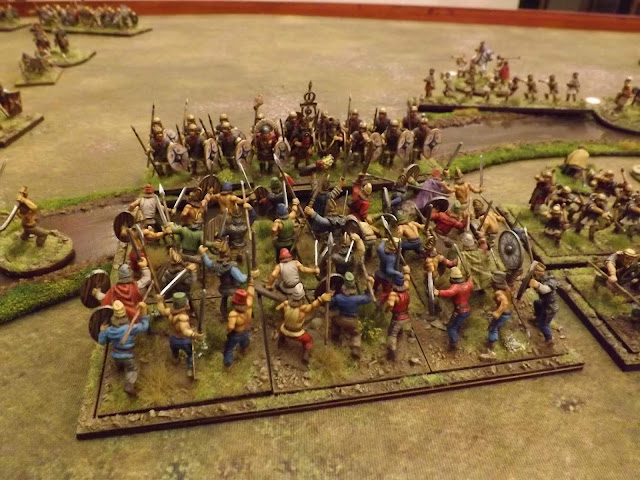 |
| The Romano-Dacian collection is very close to completion and I am keen to donate time in 2022 to moving it closer to that goal and enjoying more games using it. |
Alongside the model building and big game plans the blog will continue with its broad mix of articles and posts covering games, books, shows and visits to interesting places and I am keen to further develop the YouTube channel for JJ's Wargames which has been a growing adjunct to the blog, facilitating video tutorials and game reports which seem to have added another popular way of showing the games, collections and historical themes I find interesting in a more informing way.
Finally with work planned for 2022 very much focussed on the three themes outlined I thought I would share my ideas for two other themes going forward that I am keen to develop collections and games around.
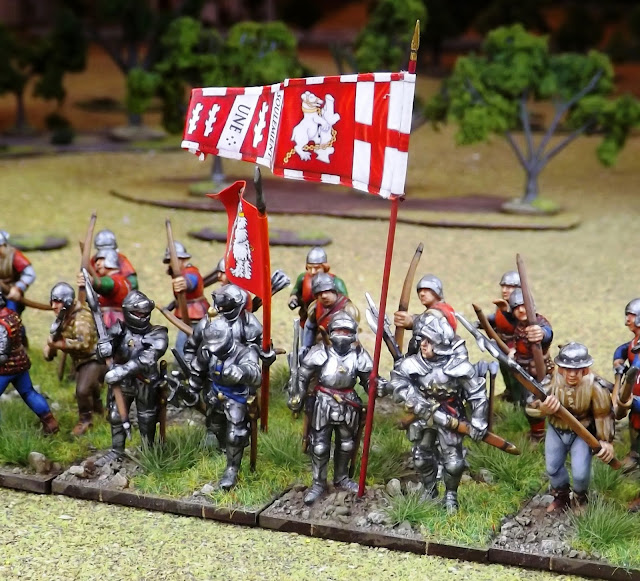 |
| https://jjwargames.blogspot.com/2021/06/blood-horse-droppings-wotr-rules-from.html |
One is my Wars of the Roses collection and the post this year looking at Rob Jones's rule set 'Blood & Horse Droppings' adapted from the Perfect Captain's ' A Coat of Steel', alluded very much to that future project with all the Perry 28mm figures bought and ready for building, together with the terrain items and all the required banners and flags.
The other collection I plan to work on going forward which will take a fair proportion of my future games budget is something new but a theme I have always wanted to build a collection around, namely the English Civil War, which the terrain items required will allow me to mix and match from those built to use with the Wars of the Roses collection.
This Christmas saw the first acorns planted towards that project with a couple of exploratory figure boxes and a pile of Osprey books to compliment my plans in that area.
So there we are, another year almost done and another one to look forward to.
I hope my little outline was fun to read and inspires you with your own plans for 2022, and if like me you probably can't wait to get stuck into them.
As always JJ's Wargames will keep on, onwards and upwards and hopefully sharing the love.
I wish everyone a very happy, productive and peaceful New Year in 2022.
JJ






